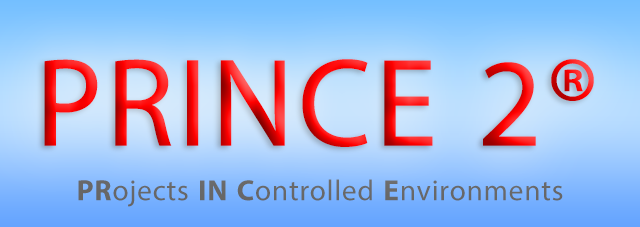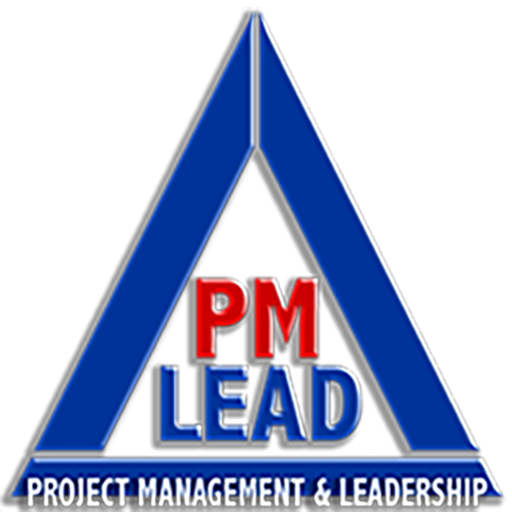Projects IN Controlled Environments (PRINCE®)

Projects IN Controlled Environments (PRINCE®) is a project management method. It covers the management, control and organization of a project. “PRINCE®2” refers to the second major version of this method and is a registered trademark of the Office of Government Commerce (OGC), an independent office of HM Treasury of the United Kingdom.
PRINCE®2, as a method and a certification, is adopted in most of Western Europe and Australia.
The PRINCE®+962 798 786187 defines 40 separate activities and organizes these into seven processes:
Starting up a project
In this process the project team is appointed and a project brief (describing, in outline, what the project is attempting to achieve and the business justification for doing so) is prepared. In addition, the overall approach to be taken is decided and the next stage of the project is planned. Once this work is done, the project board is asked to authorize the next stage, that of initiating the project.
Key activities include: appointing an executive and a project manager; designing and appointing a project management team; preparing a project brief; defining the project approach; and planning the next stage (initiation).
Initiating a project
This process builds on the work of the start up process, and the project brief is augmented to form a business case. The approach is taken to ensure that quality of the project is agreed upon together with the overall approach to controlling the project itself (project controls). Project files are also created as an overall plan for the project. A plan for the next stage of the project is also created. The resultant information can be put before the project board for them to authorize the project itself.
Key activities include: planning quality; planning a project; refining the business case and risks; setting up project controls; setting up project files; and assembling a project initiation document.
Directing a project
This process dictates how the Project Board (which comprises such roles as the executive sponsor or project sponsor) should control the overall project. As mentioned above, the project board can authorize an initiation stage and can also authorize a project. Directing a Project also dictates how the project board should authorize a stage plan, including any stage plan that replaces an existing stage plan due to slippage or other unforeseen circumstances. Also covered is the way in which the board can give ad hoc direction to a project and the way in which a project should be closed down.
Key activities include: authorizing initiation; authorizing a project; authorizing a stage or exception plan; giving ad-hoc direction; and confirming project closure.
Controlling a stage
PRINCE2 suggests that projects should be broken down into stages and these sub-processes dictate how each individual stage should be controlled. Most fundamentally this includes the way in which work packages are authorized and received. It also specifies the way in which progress should be monitored and how the highlights of the progress should be reported to the project board. A means for capturing and assessing project issues is suggested together with the way in which corrective action should be taken. It also lays down the method by which certain project issues should be escalated to the project board.Key activities include: authorizing work package; assessing progress; capturing and examining project issues; reviewing stage status; reporting highlights; taking corrective action; escalating project issues; and receiving a completed work package.
Managing stage boundaries
The Controlling a Stage process dictates what should be done within a stage; Managing Stage Boundaries (SB) dictates what should be done towards the end of a stage. Most obviously, the next stage should be planned and the overall project plan, risk log and business case amended as necessary. The process also covers what should be done for a stage that has gone outside its tolerance levels. Finally, the process dictates how the end of the stage should be reported.
Key activities include: planning a stage; updating a project plan; updating a project business case; updating the risk log; reporting stage end; and producing an exception plan.
Managing product delivery
The Managing product delivery process has the purpose of controlling the link between the Project Manager and the Team Manager(s) by placing formal requirements on accepting, executing and delivering project work.
The key activities are: Accept a work package, execute a work package and deliver a work package.
Closing a project
This covers the things that should be done at the end of a project. The project should be formally de-commissioned (and resources freed up for allocation to other activities), follow on actions should be identified and the project itself should be formally evaluated.
Key activities include: decommissioning a project; identifying follow-on actions and project evaluation review.
PRINCE® is a relatively simple certification to obtain and which does not require any prerequisites, except to be familiar with Prince 2 concepts and terminology.
PRINCE®2 has two levels:
- Prince® 2 Fundamental: it is delivered after a three-day training course, followed by a multiple-choice test. The exam success rate is generally close to 100%. At this level, the verification relates to the mastery of Prince 2 principles (description of the objectives, tasks, roles, the eight components, the eight processes and sub-processes, as well as the documents they generate, the relationships between the processes…). It is, therefore, more of a theoretical examination.
- Prince® 2 Practitioner: this is the highest level of Prince 2 certification. It is issued after five days of training, followed by a multiple-choice test. Prince 2 Fundamental certification is a prerequisite and the success rate for the exam exceeds 90% most of the time. This level not only certifies knowledge but also the ability to apply and put the Prince 2 principles into practice. It is, therefore, more of a practical exam, unlike the “Basic” level.
To learn more and to get certified, your best informative resource :
